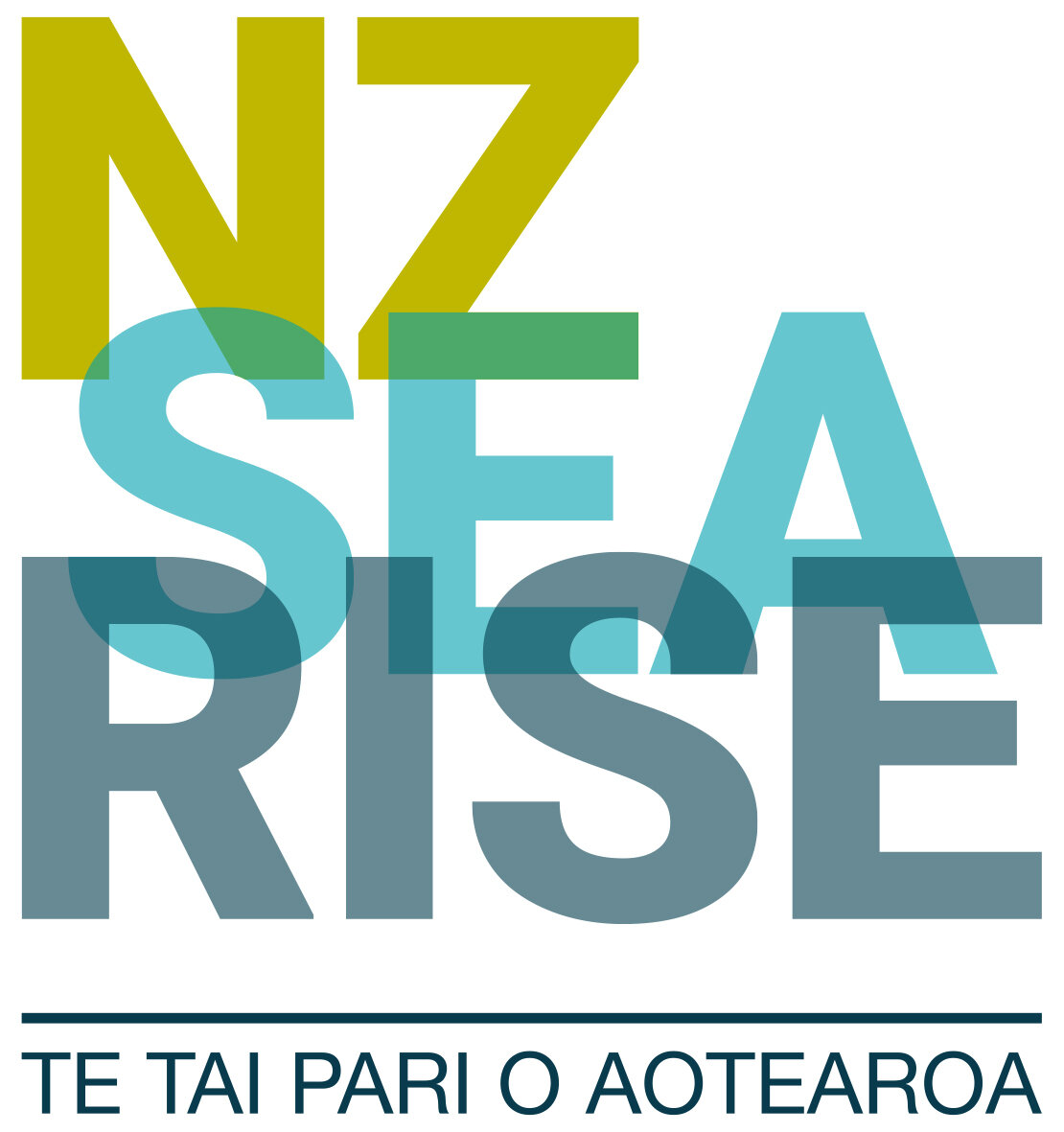SOUTH DUNEDIN
The next stage of work is part of the NZ Sea Rise Programme to better understand the impacts of sea level rise.
The Otago Regional Council’s (ORC) “What Lies Beneath Dunedin” project is about to move from shallow groundwater data collection to core-sampling and deep groundwater monitoring.
The programme is being undertaken in collaboration with GNS Science via the NZ Sea Rise project, and with in-kind support from the Dunedin City Council (DCC) and the University of Otago. The project is also supported by Oceana Gold.
The deep drilling project will provide more information about what types of sediment lie beneath coastal Dunedin, and how these might interact with rising sea-levels.
GNS Science is a key research partner in the NZ Sea Rise project led by Victoria University of Wellington with support from NIWA. This project is applying global sea-level rise projections to New Zealand coasts to model potential impacts on coastal areas and groundwater systems. The Dunedin groundwater case study is one of many around New Zealand.
ORC has been monitoring shallow groundwater levels in parts of South Dunedin for nearly a decade and has worked with other groups recently to increase this monitoring through the installation of eight piezometers around South Dunedin.
ORC Natural Hazards Analyst Dr Sharon Hornblow said the next step would be to examine how deeper sediment and aquifers influence shallow groundwater.
“Now we need to look at what types of sediment and rock make up the layers deeper down, and how those may be influencing groundwater levels at the surface—for example, whether water infiltrating in the hill suburbs is welling up on the flat, or whether the shallow groundwater is behaving as a separate system.”
The deep drilling phase of work will start on 20 May and it will take up to three weeks to complete the bores at seven different sites around the coastal parts of Dunedin CBD and South Dunedin. ORC and GNS Science will then work with the University of Otago to gather geological information from the sediment cores in support of the NZ Sea Rise programme.
Senior Disaster Risk Reduction Scientist Phil Glassey, of GNS Science, said the aim was to better characterise the shape of the South Dunedin basin and the sediments within it.
“Currently there are only a few deep drill holes in South Dunedin and these new holes will be drilled to bedrock which we estimate could be at a depth of 70m or more in places.”
Climate change is one of ORC’s four key priorities. Because parts of South Dunedin and Harbourside are considered vulnerable to sea-level rise due to climate change, ORC is conducting this study—in collaboration with GNS Science and other parties involved in the NZ Sea Rise project—as part of broader research on water cycle interactions in the area.
Dr Hornblow said accurate modelling of the contribution of groundwater to flooding risk in Dunedin City required an understanding of deep groundwater characteristics.
“This project allows for an updated geological and groundwater model to be generated, which will inform us about how projected sea-level rise may impact on groundwater levels and flooding hazards. It also allows us to provide the Dunedin City Council with information which will help them future-proof their drainage infrastructure.”
Groundwater measuring instruments will be installed in the drill-holes and the data collected by the ORC.












